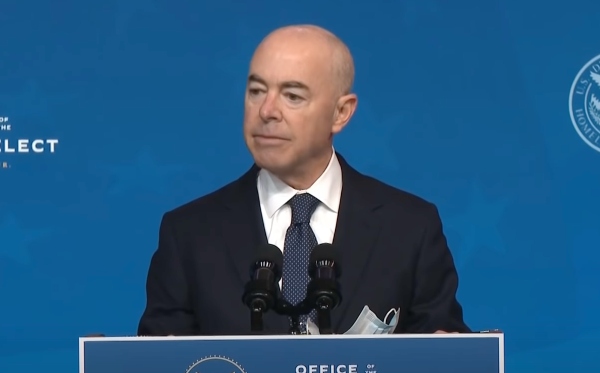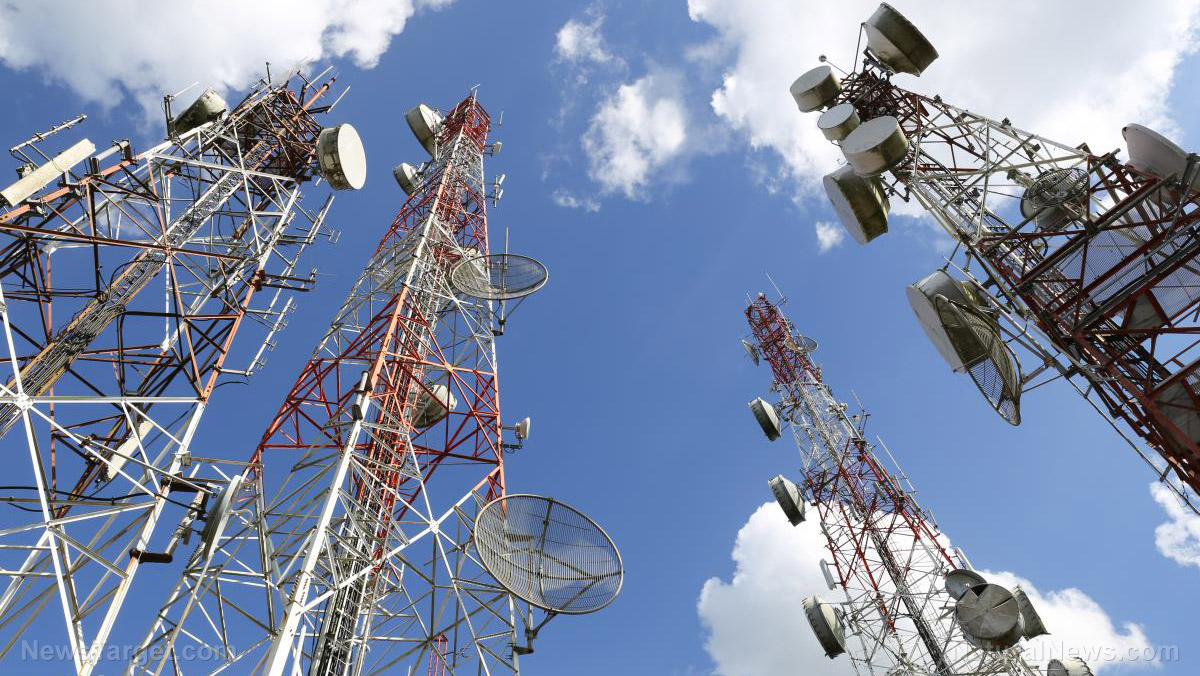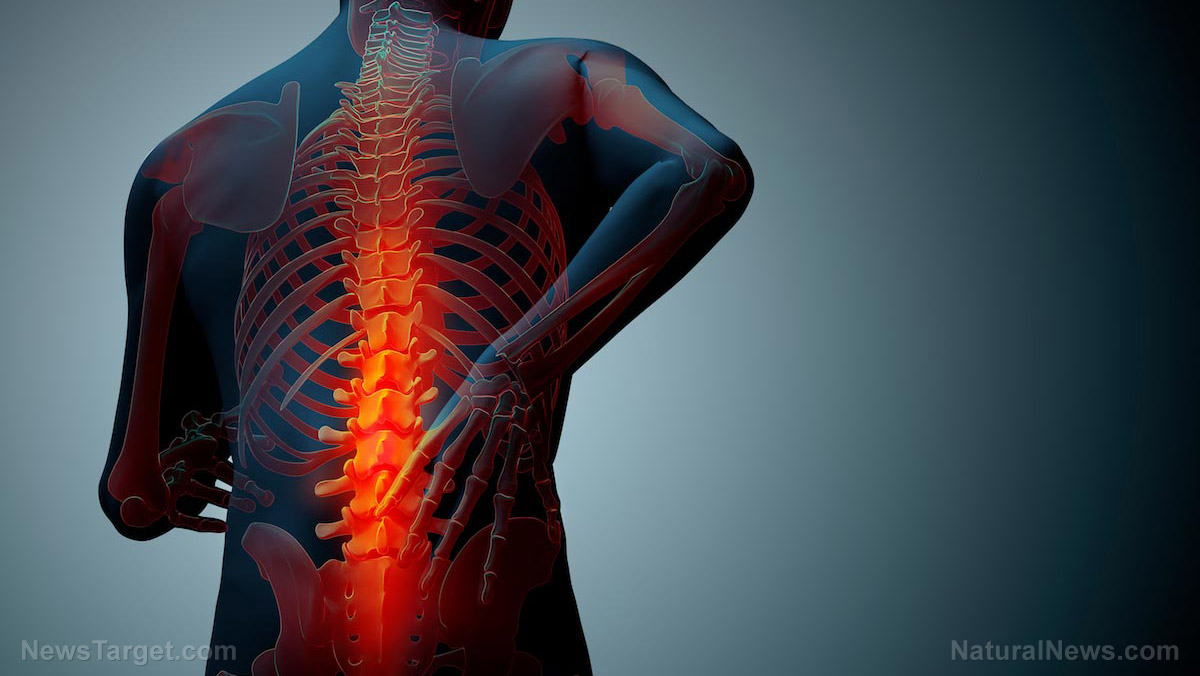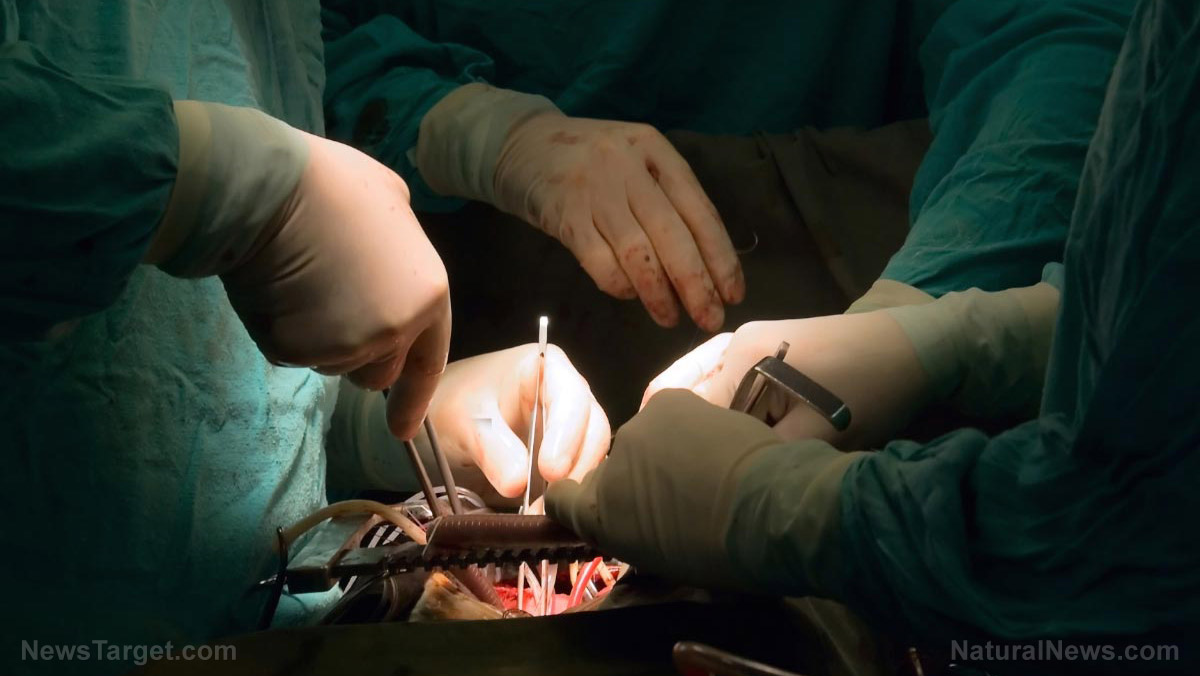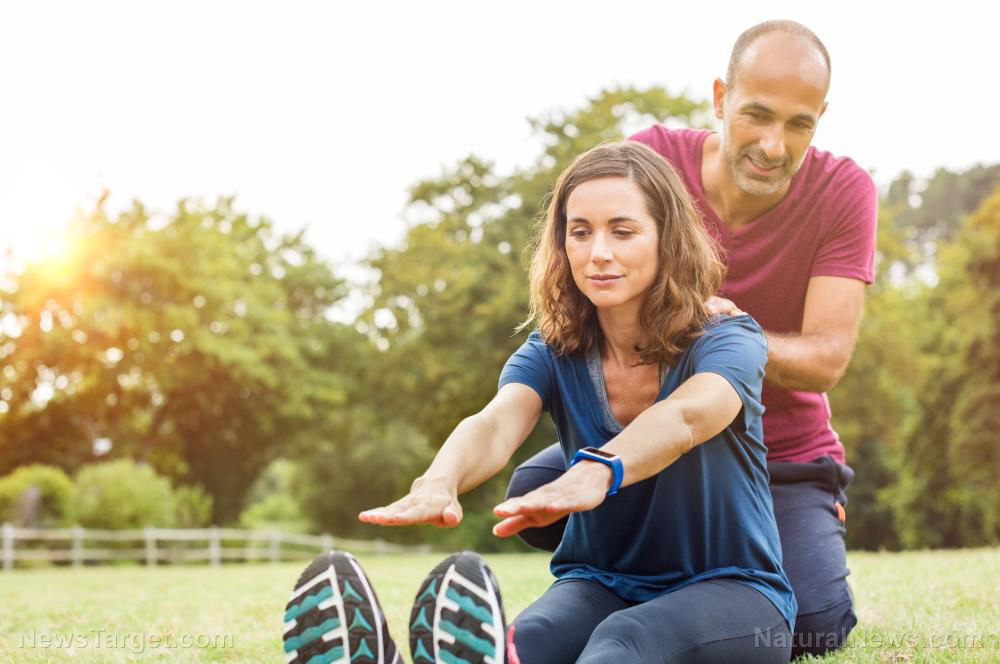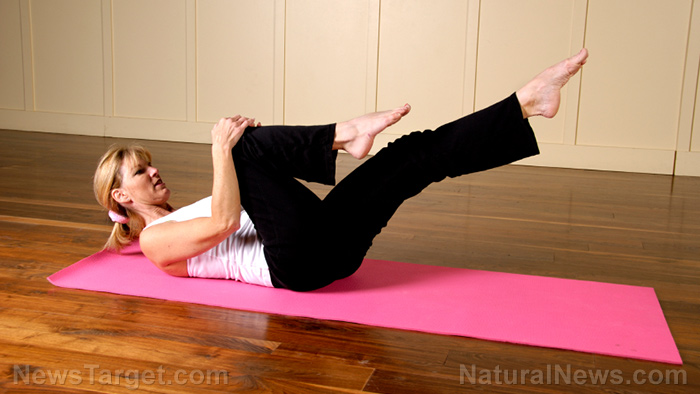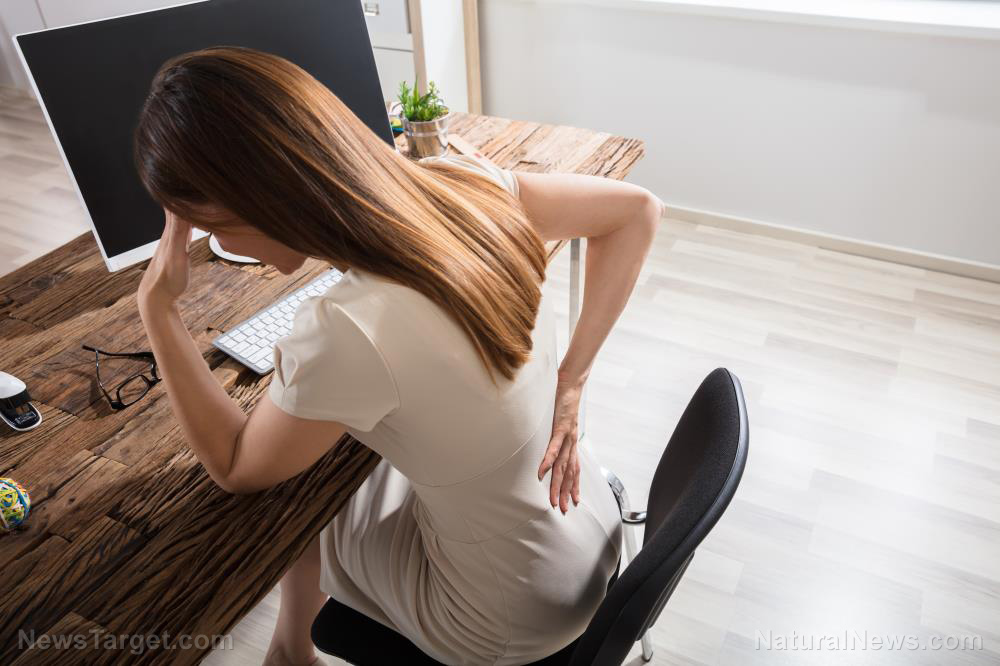
Scoliosis can cause weakness, and it can change the way you walk. Fortunately, scoliosis can be addressed with the right kinds of exercises and stretching.
Can you treat scoliosis?
Mild cases of scoliosis can be treated with regular exercises and stretches.
Certain medical conditions can cause scoliosis, but the most common form is adolescent idiopathic scoliosis (AIS). AIS develops while you're still growing, and it affects at least two to three percent of the population.
If you have AIS, instead of growing straight, your spine will develop a side-to-side curvature. Your spine might appear as an elongated "S" or "C" shape, and the bones of your spine may become slightly twisted or rotated.
Data suggests that certain exercises benefit those with scoliosis, but it is best to consult a doctor or physical therapist about the best stretches and exercises for your condition.
Determining the correct scoliosis exercises depend on the location of your scoliosis curve. If you have lumbar scoliosis, exercise your lower back. Meanwhile, if you have thoracic scoliosis, you must exercise your shoulders.
Below are seven exercises and stretches that can help relieve the pain caused by scoliosis.
Abdominal press
Strengthening your abdominal muscles may help relieve some of the pressure off of your back muscle. Additionally, it can help you maintain proper posture.
Steps:
- Lie on your back; keep your feet flat on the ground and knees bent.
- Keep your back in a neutral, relaxed position.
- Raise both lower legs off the floor up to a 90-degree angle.
- Engage your abdominal muscles. Use your hands to push down on your knees while you also pull your knees toward your hands at the same time. Since this is a static exercise, your legs and arms shouldn't move when you're pressing.
- Hold for three full breaths, then relax.
- Do two sets of 10.
Arm and leg raises
Strengthen your lower back with arm and leg raises.
Steps:
- Lie on your front. Let your forehead touch the ground.
- Extend your arms over your head and keep your palms flat on the ground. Keep your legs straight.
- Lift one arm off of the ground.
- Hold the pose for one or two full breaths, then lower your arm.
- Repeat steps one to four with each arm and each leg.
- Do 15 repetitions for all limbs.
Bird-dog
The Bird-Dog is a yoga-inspired exercise.
Steps:
- Go on your hands and knee and keep your back straight.
- Place your hands directly under your shoulders. Keep your knees directly under your hips.
- Extend an arm straight out and forward, then extend the opposite leg straight back.
- Breathe normally as you hold the pose for five seconds.
- Repeat steps one to four on the other arm and leg.
- Do 10 to 15 repetitions on each side.
Cat-camel
The Cat-camel is another yoga pose, and it helps keep your spine flexible and pain-free.
Steps:
- Go on your hands and knees. Keep your back level and your head and neck comfortable.
- Inhale deeply, then draw your abdominal muscles in and up as you arch your back.
- Exhale and release your abdominal muscles, drop your back, and let your stomach fall as you lift your head toward the ceiling.
- Do two sets of 10.
Latissimus dorsi stretch
The latissimus dorsi is the largest muscle in your upper body. If you have thoracic scoliosis, this stretch directly affects your latissimus dorsi.
Lumbar scoliosis may also result in back tension that shoots up your latissimus dorsi.
Steps:
- Stand straight in a neutral position.
- Keep your feet shoulder-width apart, then bend your knees slightly.
- Reaching over your head with both hands, grab your right wrist with your left hand.
- Bend slightly toward the right side. Stop when you feel a stretch in the left side of your body. Hold this pose for one to two breaths.
- Push with your left foot to return to your original position.
- Repeat on the other side of your body.
- Do 5 to 10 repetitions for both sides.
Pelvic tilts
A pelvic tilt helps stretch tight muscles in your hips and lower back.
Steps:
- Lie on your back. Keep your feet flat on the floor and knees bent.
- Tighten your stomach muscles, then flatten your back toward the floor.
- Breathe normally as you hold this pose for five seconds.
- Release.
- Do two sets of 10 pelvic tilts.
Practice good posture
Maintaining proper posture helps relieve pain and muscle tension.
Realign your body several times a day so you can get used to standing with good posture naturally. (Related: Here are some of the most common causes of backaches and effective ways to avoid them.)
Follow these tips to maintain proper posture while standing:
- Drop your shoulders down and back.
- Position your ears over your shoulders
- Tuck your chin in just enough, so it's not jutting forward or too far down.
- Draw your stomach slightly.
- Unlock both knees slightly.
If you're sitting, keep your back straight with your ears over the shoulders. Keep your legs in a neutral position. Don't cross your legs.
Check your body regularly for signs of tension, such as tense shoulders or leaning slightly to one side when you're in pain or stressed.
Exercises to avoid
If you have scoliosis, it is best to avoid certain activities and exercises, such as:
- Ballet and gymnastics may injure the thoracic spine.
- Playing high-contact sports such as football.
- Keeping your neck bent forward, with your head facing down (e.g., while using your phone).
- Repeatedly extending your torso (e.g., during ballet, while trying certain yoga positions, or doing gymnastics maneuvers).
- Exposing your spine to repeated impacts (e.g., jumping or running).
Avoid high-contact sports and relieve back pain caused by scoliosis with these exercises and stretches.
Sources include:
Please contact us for more information.












